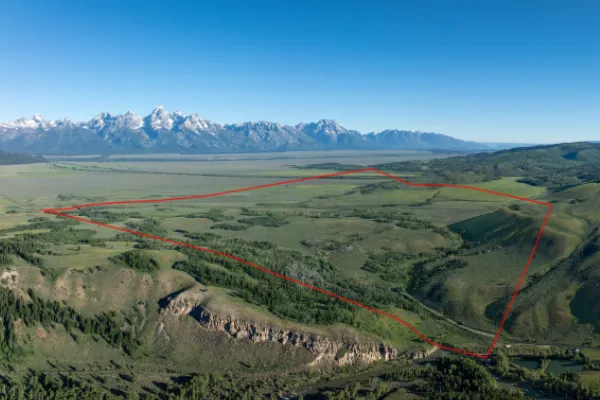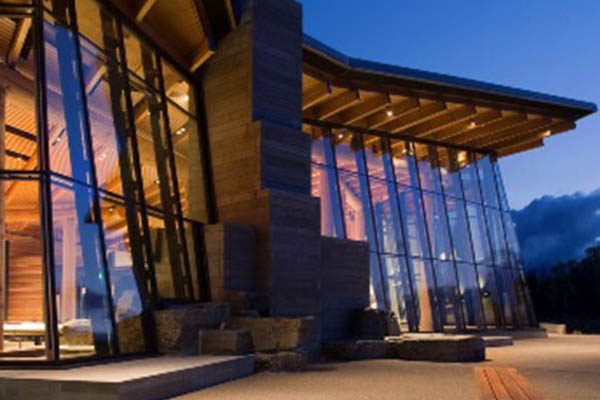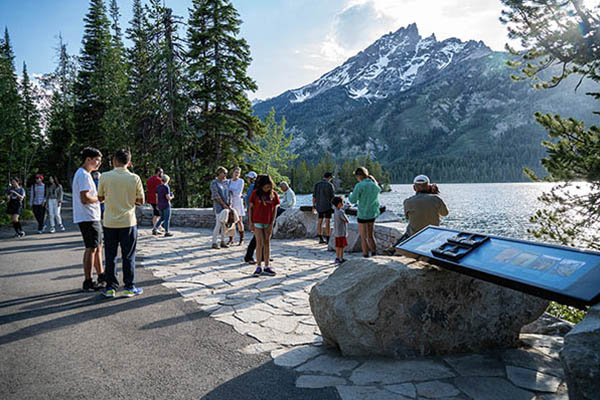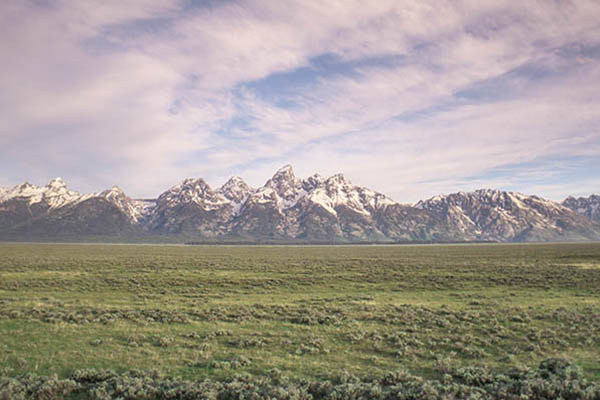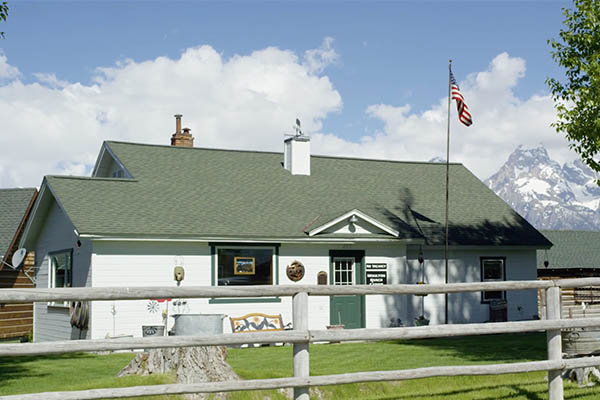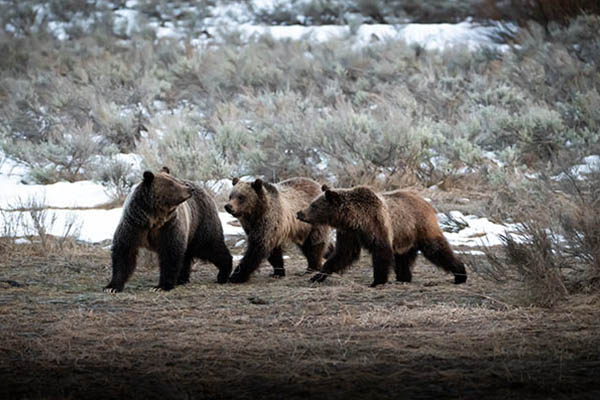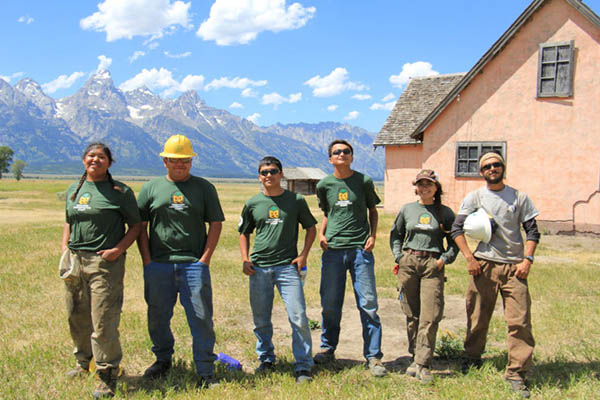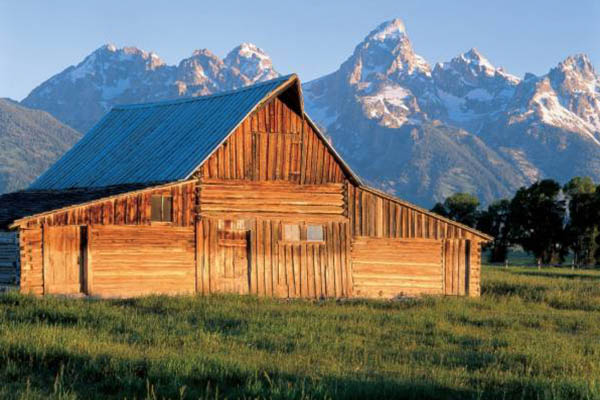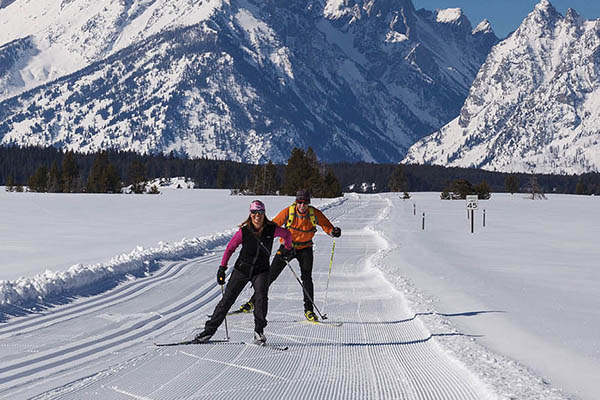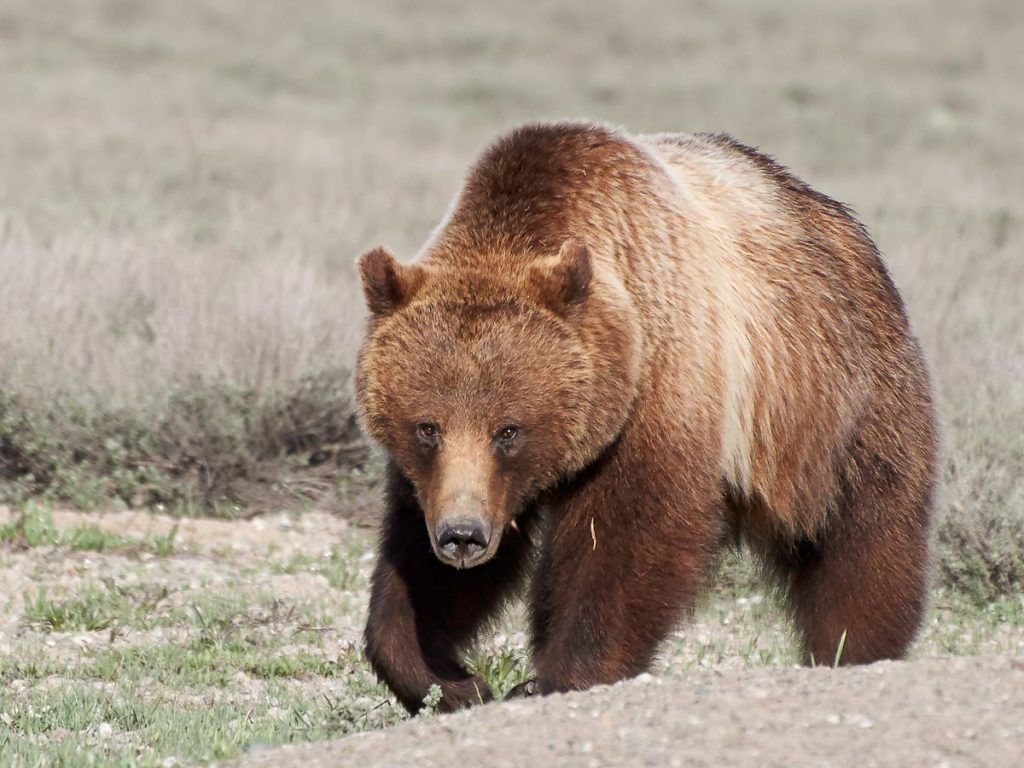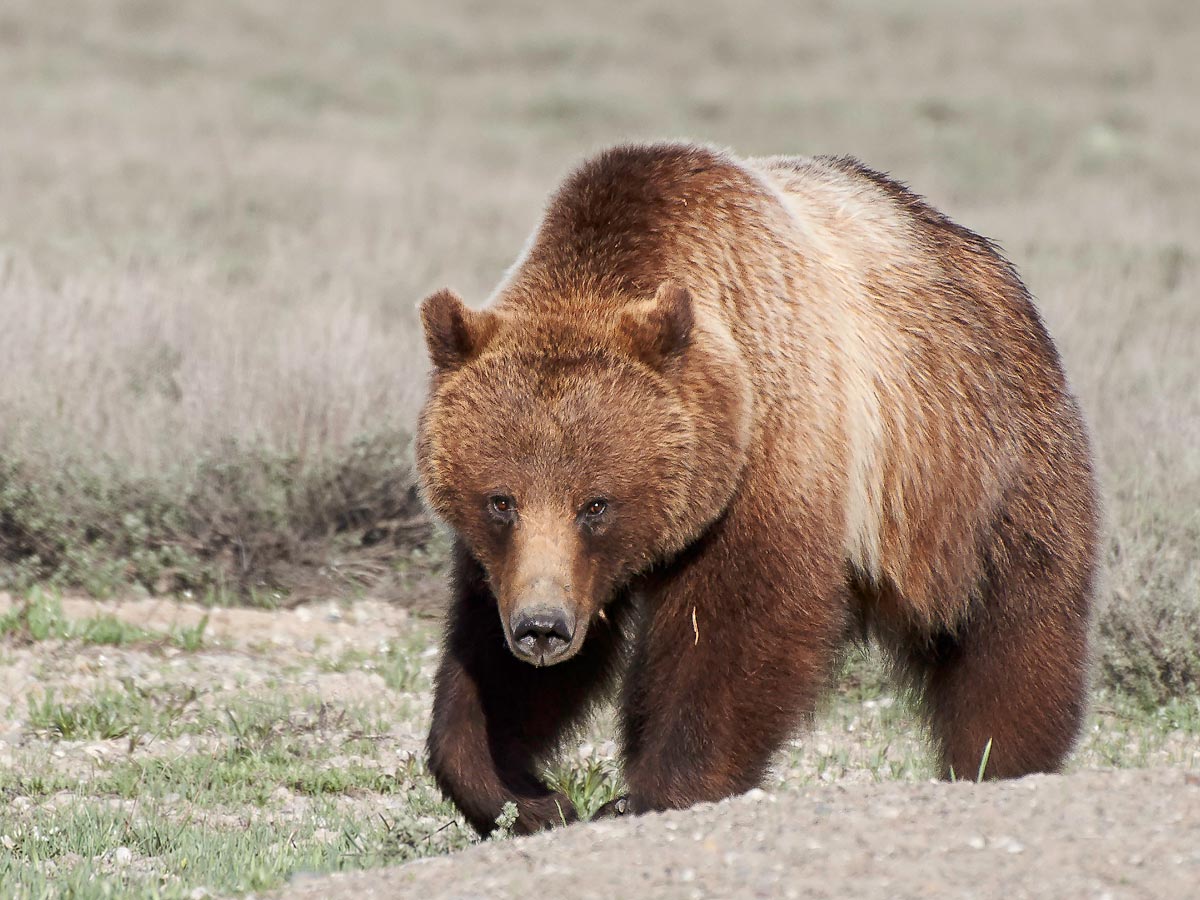
As daylight stretches longer and the rhythm of spring takes hold in Grand Teton National Park, wildlife activity is increasing—and that includes the return of grizzly and black bears. With bear activity ramping up in the park, it's a timely reminder that bear awareness is essential for everyone spending time in or near Grand Teton.
Whether you're hitting the trails, spending time on lakeshores, or simply enjoying the scenic overlooks, it’s important to stay vigilant and prepared. Bears are now active and on the move—both inside the park and in nearby communities. Taking the right precautions helps keep both people and wildlife safe during this critical season.
Bear Safety Tips for Visitors & Residents
- Be alert and watch for bears, fresh tracks, or scat.
- Make noise, especially in areas with limited visibility.
- Carry bear spray, know how to use it, and keep it readily available.
- Hike and ski in groups of three or more people.
- Stay at least 100 yards away from bears and wolves and 25 yards from all other wildlife.
- Secure all bear attractants (food, coolers, garbage, cooking gear, etc) inside your car or a bear-resistant locker. Never leave your backpack unattended.
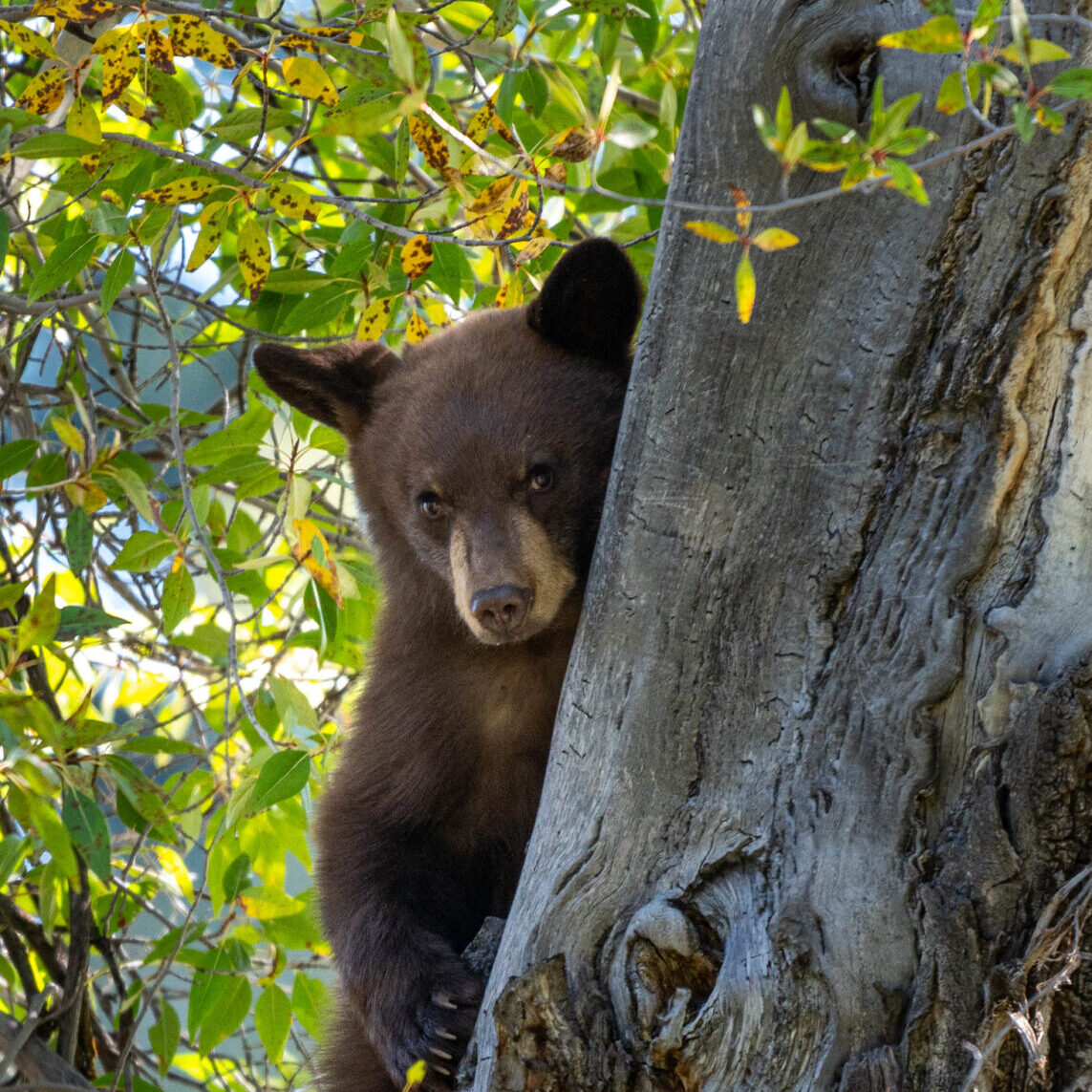
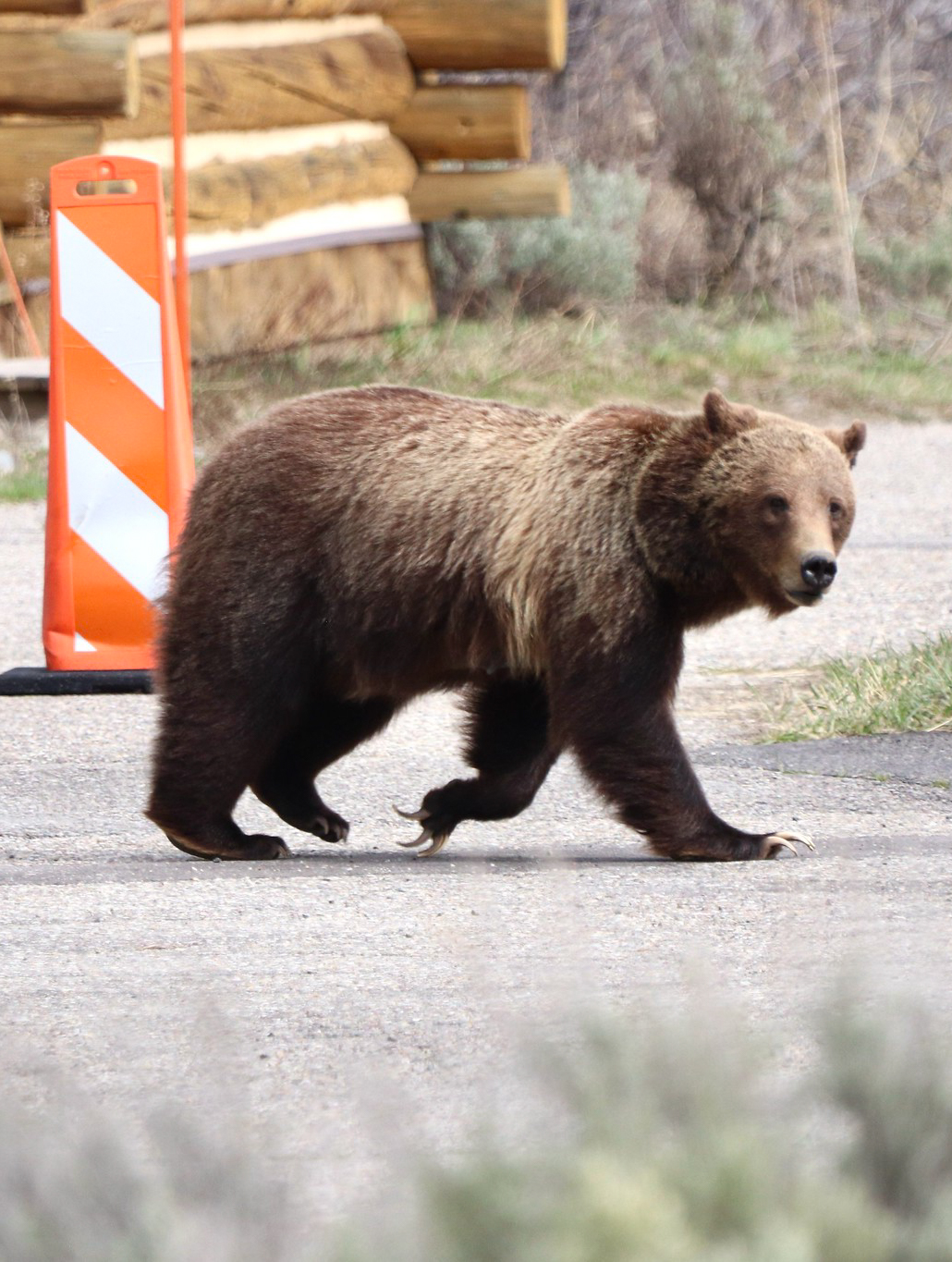
Living Near Bear Country? Keep Wildlife Wild
Bears don’t stop at park boundaries. If you live near Grand Teton National Park—or anywhere within bear habitat—help keep bears and people safe by removing temptations:
Store garbage, pet food, and bird feeders in a secure location.
Clean grills and keep them indoors when not in use.
Don’t leave scented items (like coolers or toiletries) outside or in vehicles overnight.
Even a brief food reward can teach a bear to return, creating dangerous situations that often end poorly for wildlife. Responsible stewardship helps bears stay wild and alive.
Spring is a time of renewal, but it's also one of vulnerability for many animals. Bears and other wildlife are focused on foraging after long months of hibernation and limited food. Though they may appear calm, they are working hard to replenish energy reserves. Observing them from a respectful distance is not just a courtesy—it’s a necessity for their survival and your safety. By staying alert, prepared, and respectful, you play a vital role in protecting the wildlife of Grand Teton.

